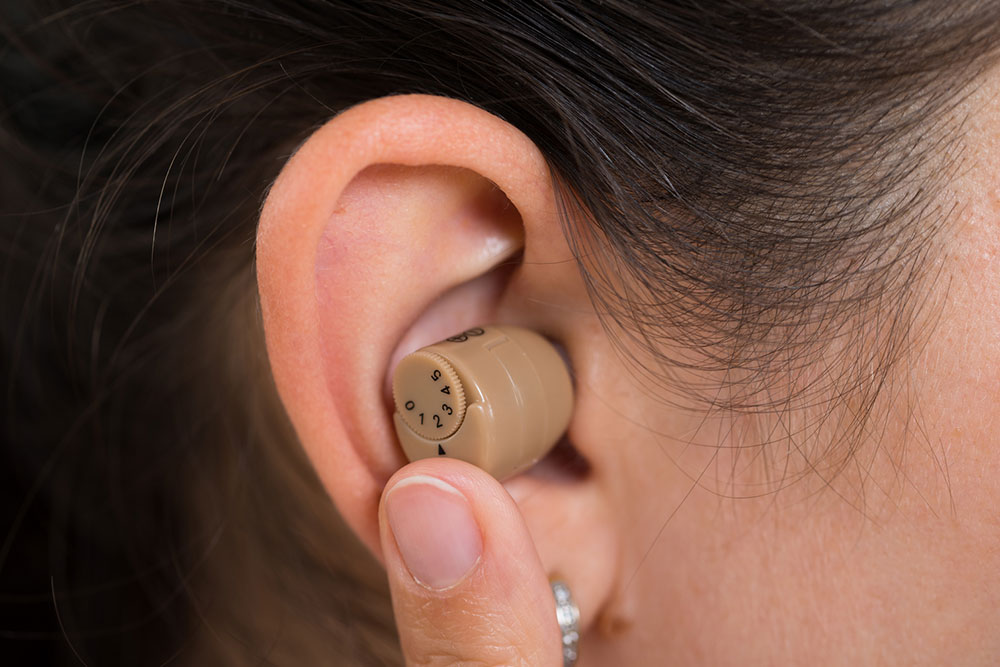Comprehensive Guide to Hearing Aid Reviews and Expert Insights
Explore an in-depth guide to hearing aid reviews and insights, covering various styles, features, and how to choose the best device. Learn about advanced digital hearing aids, compare top brands, and discover tips for maintenance and best practices. This comprehensive resource helps individuals with hearing loss make informed decisions and improve their quality of life through better hearing technologies.

Comprehensive Guide to Hearing Aid Reviews and Expert Insights
Hearing aids play a crucial role in improving the quality of life for individuals with hearing impairments. These assistive devices are designed to amplify sound and help users perceive auditory cues that they might otherwise miss due to hearing loss. The importance of proper hearing cannot be overstated, as hearing health directly influences mental well-being, physical health, social interactions, and daily life activities. Research underscores that untreated hearing loss can lead to cognitive decline, social isolation, and emotional challenges, making hearing aids not just devices for amplification but vital tools for maintaining overall health.
Choosing the right hearing aid involves understanding the different types and styles available, each suited to various levels of hearing impairment—from mild to profound loss. It is essential to consult with healthcare professionals or audiologists who can recommend the most suitable device based on an individual's specific hearing needs. The most common styles include in-the-ear (ITE), behind-the-ear (BTE), receiver-in-the-ear (RITE), and completely-in-the-canal (CIC). Each style offers distinct advantages and disadvantages in terms of comfort, discretion, sound quality, and ease of use. For example, CIC devices are highly discreet and suitable for mild to moderate hearing loss, while BTE models are often preferred for severe impairment and are easier to handle for those with dexterity issues.
In addition to choosing the right style, users should consider factors such as battery life, connectivity options, durability, and compatibility with smartphones or other smart devices. Today's market offers a wide range of brands, each with unique features and technological advancements. Digital hearing aids, which represent the latest in hearing technology, tend to be more expensive but offer significant benefits over traditional analog models. These advanced devices include features like noise reduction, feedback cancellation, customizable sound profiles, and wireless connectivity, allowing users to sync their hearing aids with smartphones, TVs, and other electronic devices for a seamless audio experience.
To make an informed decision, prospective buyers should explore reputable hearing aid review websites and medical platforms. These sources provide comprehensive comparisons of various brands and models, including detailed insights into the performance, battery options, pricing, and available accessories like chargers and remote controls. Reading customer reviews and expert opinions can help identify the most reliable, durable, and user-friendly devices on the market. Moreover, many review sites include guidance on troubleshooting common issues and maintaining hearing aids to prolong their lifespan.
Maintenance and regular servicing are critical to ensuring optimal performance from hearing aids. Proper cleaning, timely battery replacements, and scheduled check-ups with audiologists are essential steps to maximize hearing aid benefits. As technology continues to evolve, newer models with sophisticated features are regularly released, making staying informed a key part of managing hearing health. Overall, leveraging the wealth of online resources, expert reviews, and professional advice can significantly enhance the buying experience and ensure individuals find the most effective hearing solution tailored to their needs.





